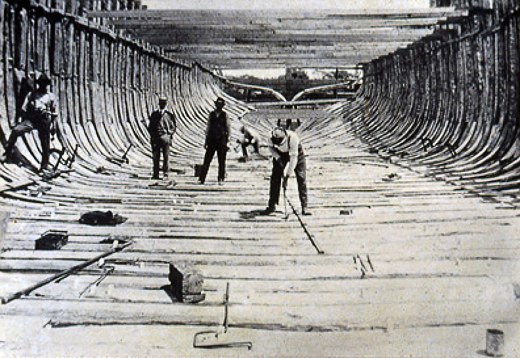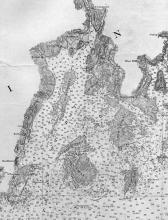Working The Bay: Introduction
Penobscot Bay and River create an economic region defined by water and by proximity to the ocean. In the past, residents of the Bay’s fringe relied on water as a road to the world, even though by the beginning of the twentieth century, railroads and roads had begun to take the place of water transportation. Even today, cargoes shipped to Searsport, Maine’s second largest seaport, help meet our energy and industrial needs.
For 400 years, the Penobscot Bay area’s geography and natural resources provided the basis for its economic growth, industrial progress, and community development. Shipping and shipbuilding industries would not have developed without the resources in and around the Bay and the Bay’s protected harbors. Natural resources encouraged the growth of local industries, which then encouraged a strong marine transportation industry, the cornerstone of our maritime history.
Penobscot Bay’s industries were strongest in the nineteenth century. Bangor was considered the Lumber Capital of the World. Rockland had a virtual monopoly on providing limeLime
Calcium oxide (CaO), obtained from limestone, and used in mortars, plasters, cement, bleaching powder, and in making paper, glass, and steel., for plasterPlaster
A combination of lime or gypsum, sand, water, and sometimes hair or other fiber applied in a paste form to walls, ceilings, etc., and allowed to harden. and mortarMortar
A mixture of lime and/or cement, with sand and water, used as a bond between bricks or stones., to New York City. Penobscot quarries provided granite for buildings in the large cities of the East Coast and the Midwest. Maine occasionally topped Massachusetts in catching the most fish of any state. These and other industries are part of our story of “Working the Bay.”


